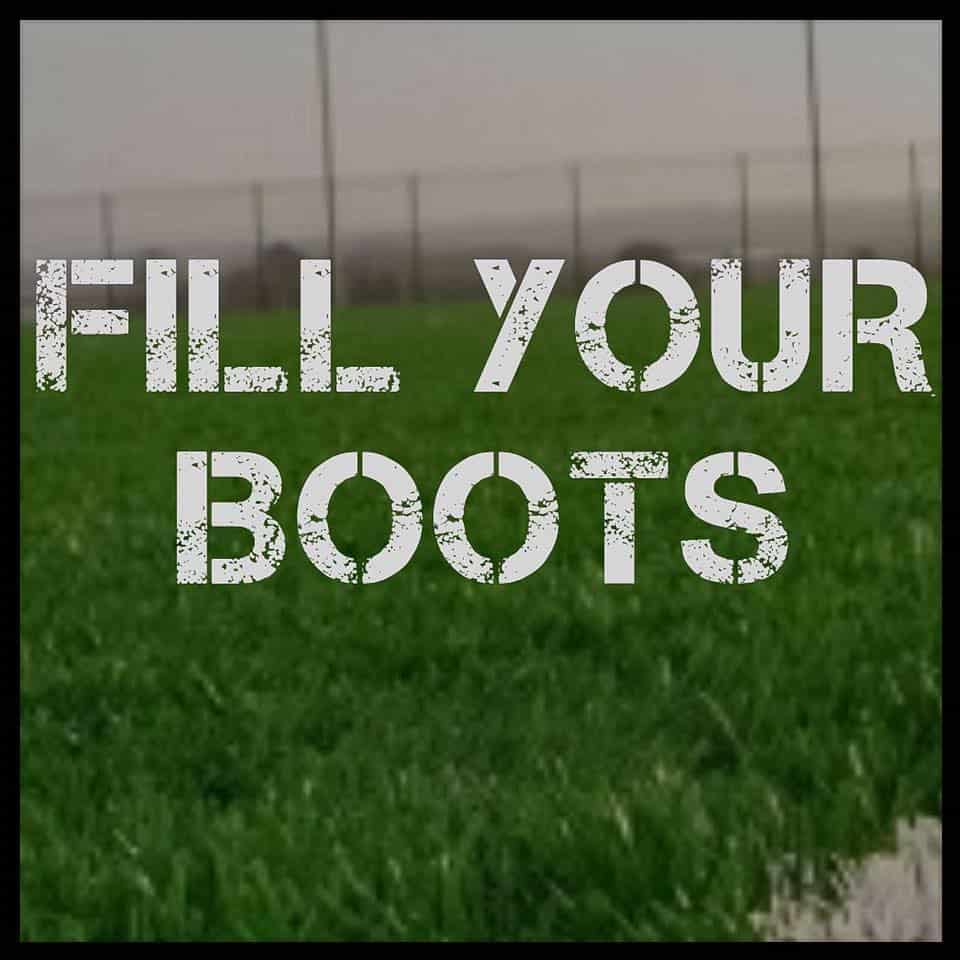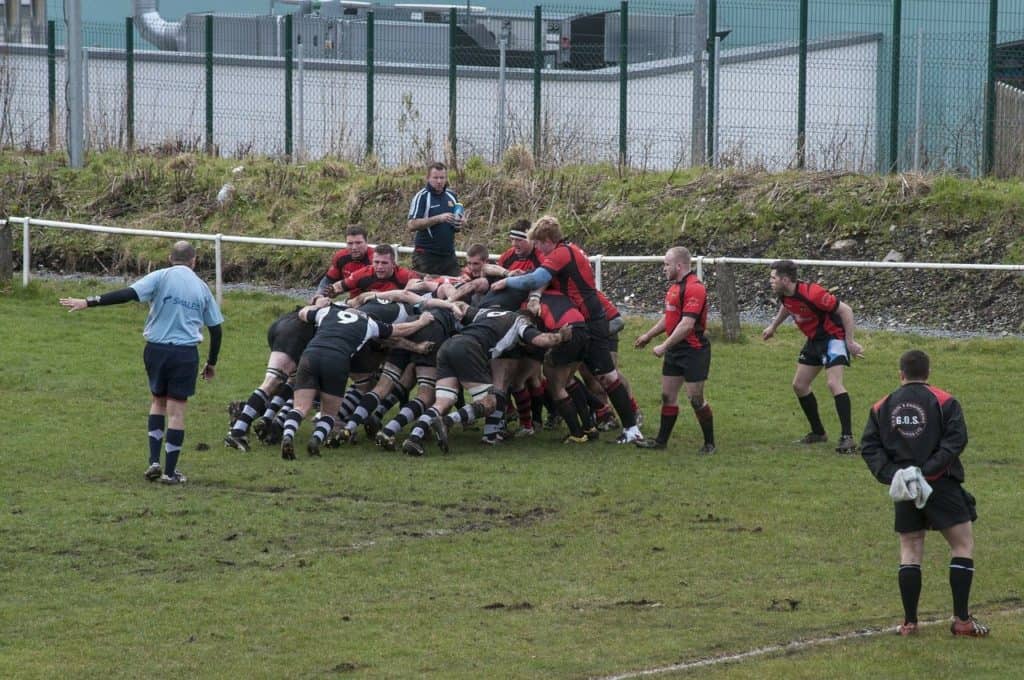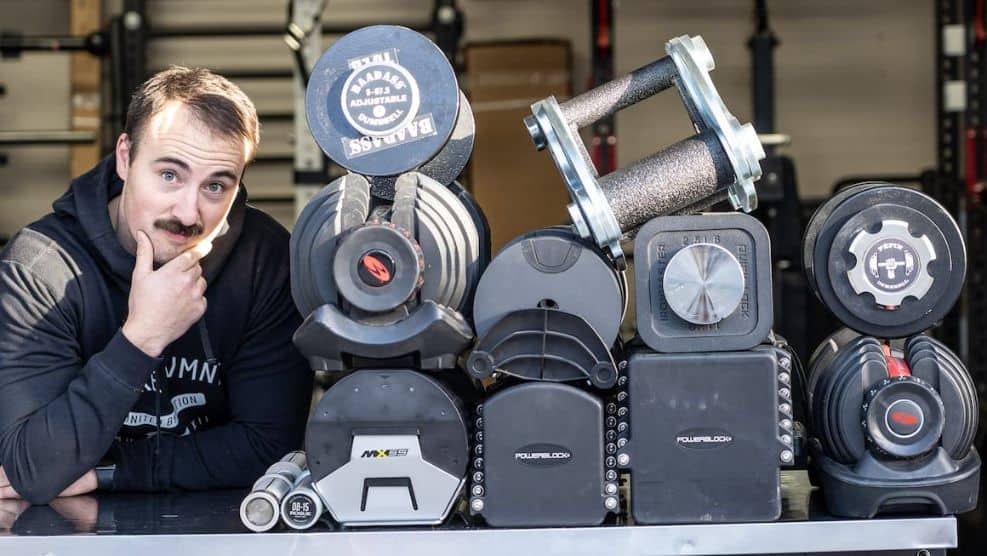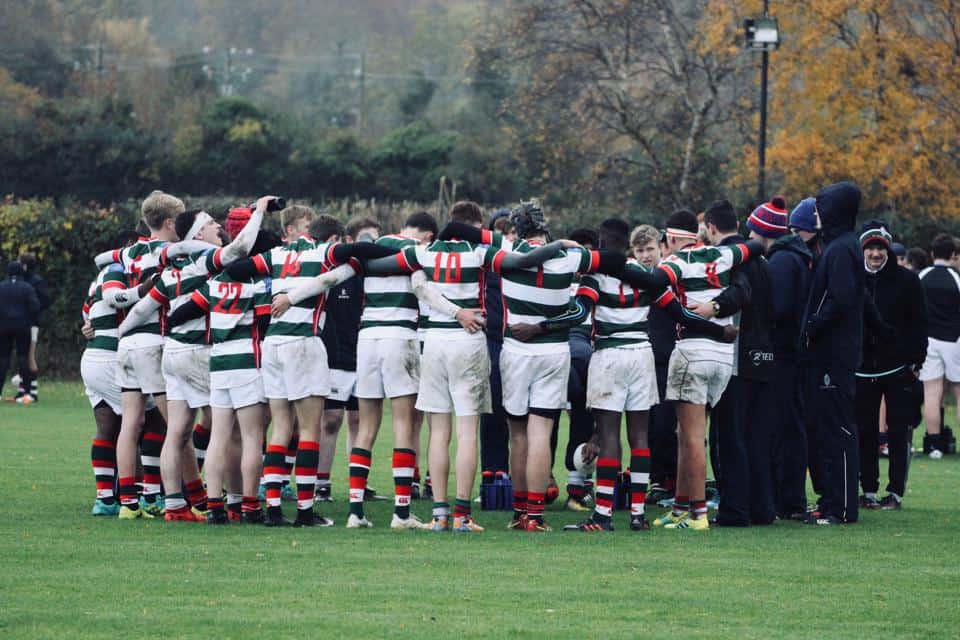
The Biggest Challenges Facing Grassroots Clubs And How To Respond
The Coronavirus Crisis has put a giant question mark over the future viability of many grassroots rugby clubs. Revenue, funding, and sponsorship that would have been guaranteed had the season continued has been pulled in many cases and replaced with loans that will have to be paid back. The good news is that the lockdown situation seems to be coming to a controlled finish and the prospect of playing games again has offered signs of optimism.
However the pandemic is not the only crisis grassroots rugby faces. Even before a coronavirus shaped black hole began to open up in the industry’s finances, clubs were struggling. Player numbers were down, kits were old, and in need of renewal, and new sensibilities around head injuries contributed to lack of enthusiasm in grassroots rugby. Across society things are changing, and now opportunities have opened up for clubs to rethink their strategies and turn around their fortunes.
Coronavirus
The coronavirus has been a seismic blow to the funding of both professional organisations and grassroots clubs who have been surviving on emergency loans and grants from Rugby Unions and other sporting bodies. The prospect of starting games again is a welcome relief to those around the country who have been biting their nails in anticipation of an end to lockdown.
The emergency funding made available in the form of loans and grants has been critical to the survival of many clubs. And while the end of lockdown can’t come soon enough it doesn’t necessarily mean the end of financial problems. In most cases they are just beginning. It was recently reported that the pandemic is to have a devastating effect on sport across the board. That means everything including football, rugby, and cricket.
Because grassroots clubs get much of their support from professional sporting bodies, a £700,000 black hole in the industry, based on lost revenue and TV rights, isn’t exactly something to celebrate. This could also be the tip of the iceberg with UK Sport confirming recently that six unnamed Olympic and Paralympic sports could face threats to their solvency in the next three years.
The loans are welcome, and critical, to the success of grassroots clubs; but on returning to the field, these clubs must hatch financial plans to ensure their long-term and short-term futures. This could involve more campaigns, or initiatives to increase participation in the sport, as well as more club events.
Kit Supplies
Many countries who make kits in Asia are still locked down and supplies are limited, that said, China has begun to open up again, and international trade from there looks more likely. For clubs looking for a new Rugby Kit for the post-coronavirus season there are some brands closer to home – such as Akuma, the UKs leading brand for custom designed sports kit.
If possible a new kit is important for a grassroots club looking to impress a new generation of youngsters entering the ranks and strengthen the local identity. Tt’s estimated that two-things of local clubs turn up to training and games without proper training shirts despite the assertion of most in the game that these items are essential. A survey conducted among more than 600 UK clubs found that around 64% of them lacked adequate team wear and were often re-using old jerseys that happened to match the team colours.
While most clubs stated that kits were important to them for identity and promotion, the reason for not maintaining a high standard of kit was often funding related. Over 50% of clubs who took part in the survey admitted to insufficient funds to replace kits every two or three years, when necessary. This inevitably leads to worn out gear, gear being shared, lost, and replaced with opportune mid-fits. It might have a slight underdog appeal, but if you want to look, and feel like winners – a good kit is all important.
For clubs struggling financially in this department there are options. Local businesses might be willing to sponsor a new kit if they can advertise around the club. In recent times certain brokers have emerged to get kit sponsorship from bigger brands as well, increasing the likelihood of investment.
Player Numbers
You know the situation. You’ve had a game of rugby arranged for weeks. You’ve even organised your life around it in some ways. You’re looking forward to getting onto the field on the weekend, psychologically you’re up for it. Then suddenly, at the last minute, you get a phone call. The game has been cancelled due to insufficient player numbers.
This was a regular trend for years leading up to the Coronavirus Crisis which is one of the main reasons Fill Your Boots was set up. The idea was to prevent so many cancelled grassroots games by using the power of social media to match willing players with needy teams. It’s fair to say the format has been a success. Similar to a giant pool of players for clubs to access when needed.
It’s an excellent solution to a systemic problem. What are the underlying reasons for such low player numbers and lack of interest at a grassroots level. Is it lack of engagement in schools? Lack of adequate training facilities of good coaching? Maybe there’s a lack of inspiration from the top – though unlikely since the national teams always turn up.
Though efficient, contemporary, and successful, Fill Your Boots is not the only answer to the issue of player numbers in grassroots rugby. Touch rugby, women’s rugby, and ten-a-side rugby are all ways to generate some interest in the game and strike a balance between a shortage of numbers and the ratio of games that can potentially be played.
Injuries
One other big contributing factor to the lack of numbers in grassroots rugby is the prevalence of injuries within the game. Add to this the rise in concern for the physical wellbeing of young people, and you start to see a pattern emerging. Only last year, for instance, many countries passed legislation banning the use of the head in training for children under twelve. Ok, that was for football, but the concern is clearly there.
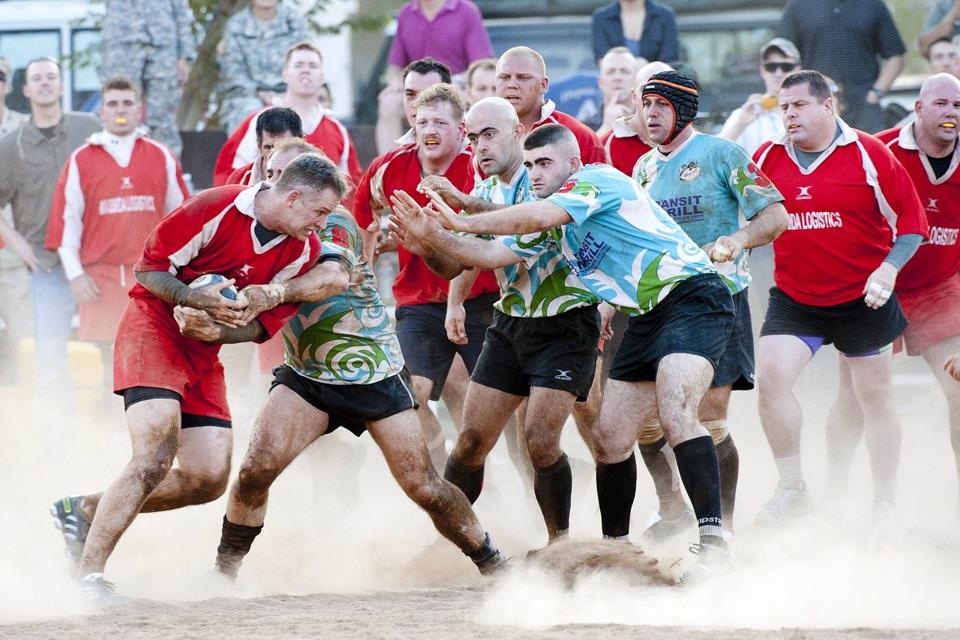
In rugby, concussion is a common injury. Bulky, muscle-built players can make a tackle feel like a car-crash. Other injuries are also common: ligament damage, hamstring injuries, ankle sprains, head injuries, shoulder injuries and thumb injuries all occur due to tackling, rucking and mauling. If you ask most players of the game they will likely tell you this does not put them off, however, it can result in long spells out the game for players, adding to the numbers problem, and another reason not to play for youngsters.
Rugby players tend to get injured playing in game, not training. And they tend to get injured in the second half. Players who suffer most from injuries in the game are hoppers and flankers who sustain the most injuries overall. Forwards who have a high risk of back injury due to physical involvement in collisions and tackles. Players in rucks and mauls tend to suffer from injuries to fingers and thumbs as well as abrasions and lacerations.
There are solutions, however, to reducing injuries and encouraging more young people into the game. For full contact rugby, headgear and mouth shields can be used and are pretty effective. And for younger teams non-contact tough rugby, or rugby league, are good options.
Funding
Funding and sponsorship are perennial issues for grassroots rugby made worse by the Coronavirus Crisis that threatens to suck clubs under. Sources of revenue for small rugby clubs includes match day tickets, merchandise, food and drink, as well as summer marquee events and speciality club nights. All of these activities have been cancelled and revenue replaced with a loan or grant until the new season starts.
It’s clear that grassroots clubs will have to think outside the box when lockdown is finally over to generate new funds to take the financial pressure off and eliminate a reliance on loans. Finding a generous sponsor can be a challenge although not impossible. In the post-Covid world, there may also be some willing donors motivated to help communities to bounce back. In the absence of big cash clubs could try petitioning smaller companies for specific items such as kits or training gear. Multiple sponsors might be one way to get the most out of annual sponsorship.
Or why not organise a bag day where the team collectively goes to a participating supermarket and helps out the local community. This kind of work can be very lucrative and if the team are wearing their jerseys it’s great promotion for the clubs. Just don’t forget to reward those putting in the shift. Sponsored events are also a great option. If you have 15 players and each one is sponsored £1 by twenty people for a walk, hike, swim, or run, you have a conservative £300 in sponsorship money, and fit starting 15.
